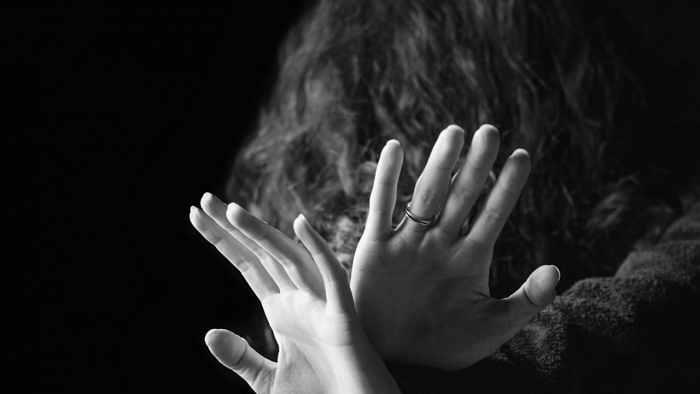
More than 99 per cent of crimes registered under the POCSO Act in 2020 were against girls, according to NCRB data which showed that girl child continues to be part of one of the most vulnerable sections of the society.
An analysis of the latest NCRB data by NGO Child Rights and You (CRY) revealed that among 28,327 children who were victims of crimes reported under the POCSO Act, 28,058 were girls.
A deeper analysis of the cases reported under the Protection of Children from Sexual Offences (POCSO) Act showed that crimes against adolescent girls within the 16 to 18 age group were the highest at 14,092, followed by 10,949 crimes against girls within the 12 to 16 age group.
Though both boys and girls are almost equally prone to abuse, the NRCB data revealed that girls irrespective of all age-groups are more vulnerable to sexual offences than boys.
On the occasion of International Day of the Girl Child on Monday, CRY said girls are being celebrated all across the world and much being talked about their rights but they continue to be one of the most vulnerable sections of the society as shown by the NCRB data.
According to the latest data released by the National Crime Records Bureau (NCRB) last month, more than 99 per cent of crimes committed in 2020 under the Protection of Children from Sexual Offences) Act were against girls.
Priti Mahara, the director of policy research and advocacy at CRY, said recent trends of girls bearing the brunt of crimes against children should not be seen in isolation.
"It is vital to understand that along with the protection-related challenges, aspects linked to education, social protection, poverty, etc. also play a significant role in the empowerment of the girl child; and assessing impacts of the Covid-19 pandemic on these parameters is equally crucial,” she said.
"During the crises, girls face multiple vulnerabilities – their access to education is further restricted and they become more exposed to the risks of child marriage. They are also more likely to experience violence and sexual exploitation in multiple forms and degrees," said Mahara.
Emphasising on the emerging need of a strong child protection mechanism, Mahara said over the past few years, some progress has indeed been made in terms of girls' education and strengthening child protection systems, but the pandemic has derailed the growth.
Since the vulnerability has now increased multifold, chances of girls dropping out of the education system and falling from the protection safety-net has correspondingly increased, she added.
Mahara said girls, particularly the ones in their adolescence, face many protection risks during and after any humanitarian crisis.
"Given the immediate and long-term risks arising from the Covid-19 pandemic, the need of the hour is therefore to reinforce gender responsive protection interventions and ensure that these are implemented to the fullest,” she said.
Check out DH's latest videos: